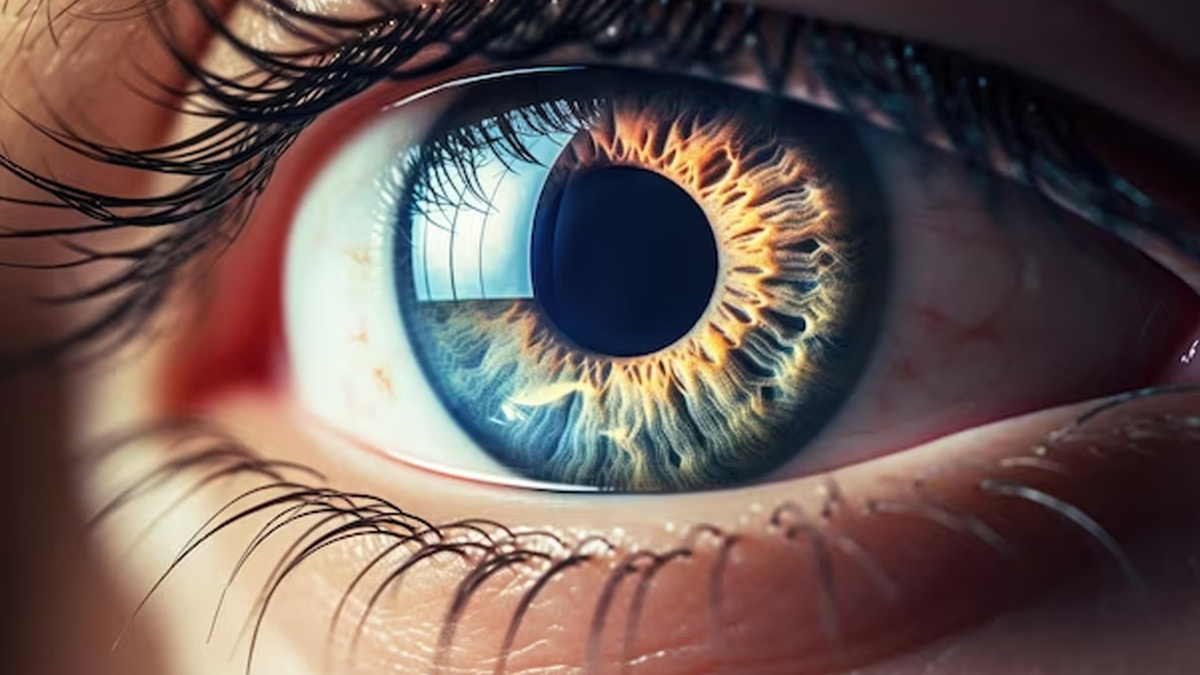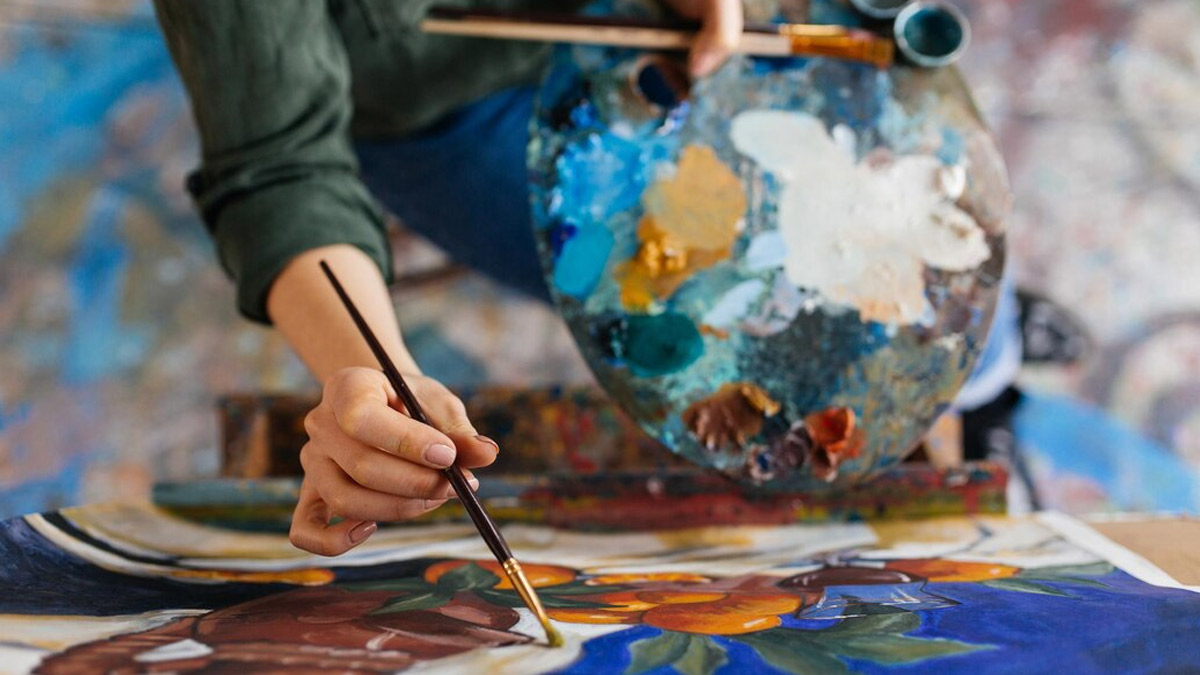
It is mind-blowing that significant awareness about diabetes is still lacking among our masses. This metabolic disorder is more than just a blood sugar problem. It can cause a host of Non-Communicable Diseases (NCDs), bringing immunity down and making its patients susceptible to communicable infections.
Table of Content:-
This awareness is important because approximately 537 million adults are currently living with diabetes in the world. This was shared by the International Diabetes Federation which further informed that this number will rise to 643 million by 2030 and 783 million by 2045 if the situation remains the same.
However, one way to tackle the lack of awareness regarding diabetes and its ability to cause non-communicable diseases is to use art. Talking to the team of OnlyMyHealth. Dr Ami Shah, Co-founder, Zandra Healthcare and Dr Rajiv Kovil, Co-founder, Rang De Neela Initiative shared, “Not just for diabetes, Art is a highly relevant and effective strategy for creating awareness about matters related to public health.”
Diabetes-Related Non-Communicable Diseases

“Diabetes, particularly when not well-managed, can lead to various NCDs due to its impact on multiple organ systems and the body's overall metabolism,” said Dr Shah and Dr Kovil. They listed some of the key NCDs associated with diabetes:
- Cardiovascular Disease: Diabetes is a major risk factor for heart disease and stroke. Elevated glucose levels in the blood can lead to the accumulation of fatty deposits in blood vessels, causing atherosclerosis. This, in turn, increases the risk of heart attacks and strokes.
- Chronic Kidney Disease: Diabetes is a leading cause of kidney damage. High blood sugar levels over time can impair the kidneys' ability to filter waste and toxins from the blood, leading to chronic kidney disease and, in severe cases, end-stage renal disease.
- Diabetic Retinopathy: Diabetes can damage the blood vessels in the retina, leading to diabetic retinopathy. This condition can result in vision impairment and blindness if left untreated.
- Neuropathy: Prolonged high blood sugar levels can cause nerve damage, resulting in a condition known as diabetic neuropathy. This can lead to pain, tingling, and numbness, primarily affecting the extremities.
- Peripheral Artery Disease: Diabetes increases the risk of peripheral artery disease, where narrowed blood vessels reduce blood flow to the limbs. This can result in pain, infections, and, in severe cases, amputations.
- Dental Issues: Diabetes can increase the risk of gum disease and other dental problems. Poorly controlled diabetes may impair the body's ability to fight infections, including those in the mouth.
- Skin Conditions: Individuals with diabetes are more prone to skin conditions, including bacterial and fungal infections. High blood sugar levels provide a favourable environment for the growth of microorganisms.
- Alzheimer's Disease: While the exact connection is not fully understood, there is evidence suggesting that diabetes may be a risk factor for Alzheimer's disease and other forms of dementia.
Also Read: Diabetes Increases The Risk Of Fracture: Expert Explains How, Shares Tips To Maintain Bone Health
Diabetes Awareness

Talking about the prominent issues that are the root cause of the lack of awareness around diabetes, Dr Shah and Dr Kovil said, “People often do not actively seek information on health matters until confronted with a health crisis, causing a pervasive unawareness about conditions such as diabetes.”
“Additionally, the culture of preventive healthcare is not ingrained within our communities. There exists a prevailing tendency to address health concerns reactively rather than proactively,” they added.
They recommended that to effectively raise awareness around diabetes, it is crucial to bridge these gaps by making health content more accessible and engaging. Initiatives should focus on transforming health-related information into a mainstream subject, integrating it into everyday conversations, and utilising diverse communication channels to reach a wider audience.
“Simultaneously, efforts should be directed toward fostering a culture of preventive healthcare within communities, emphasizing the significance of regular check-ups, healthy lifestyles, and early intervention,” they suggested.
Recommending one such avenue that can take care of all these factors, Dr Shah and Dr Kovil pointed towards Art.
Also Read: Love Staying Up At Night? Study Reveals You Have A Higher Chance Of Getting Diabetes
Using Art To Create Awareness About Diabetes

“Art-based activities, marked by their multimodal nature with psychological, behavioural, and social impacts, present a low-risk and cost-effective pathway to significantly improve health and well-being,” suggested Dr Shah and Dr Kovil.
In the context of diabetes and NCDs, these interventions prove invaluable, they opinionated. “Arts also illuminate intricate behavioural obstacles and motivators, fostering engagement and outreach within affected communities,” they added.
According to both experts, beyond the ability to create awareness, arts also contribute to the healing process and effective disease management. By catalysing behavioural changes, they promote healthier lifestyles and cultivate a culture centred on holistic health and well-being.
“The versatility of arts interventions extends across various NCDs, encompassing mental health, age-related disorders, and chronic illnesses such as cardiovascular disease, cancer, chronic respiratory conditions, and diabetes. Specifically addressing diabetes, art serves as a powerful tool to manage its symptoms by providing individuals with a creative and expressive outlet to navigate the challenges associated with the condition,” they concluded.
Also Read: Quitting Cigarette Smoking Can Cut Your Risk Of Type-2 Diabetes By 30-40%: WHO, IDF Brief Reports
Thus, the challenges in creating awareness about diabetes stem from the passive consumption of health content and the reactive approach to healthcare within our communities. By strategically promoting health information and fostering a proactive mindset toward preventive healthcare, we can address these challenges and work towards building a more health-conscious community with increased awareness about diabetes and its prevention.
Also watch this video
How we keep this article up to date:
We work with experts and keep a close eye on the latest in health and wellness. Whenever there is a new research or helpful information, we update our articles with accurate and useful advice.
Current Version